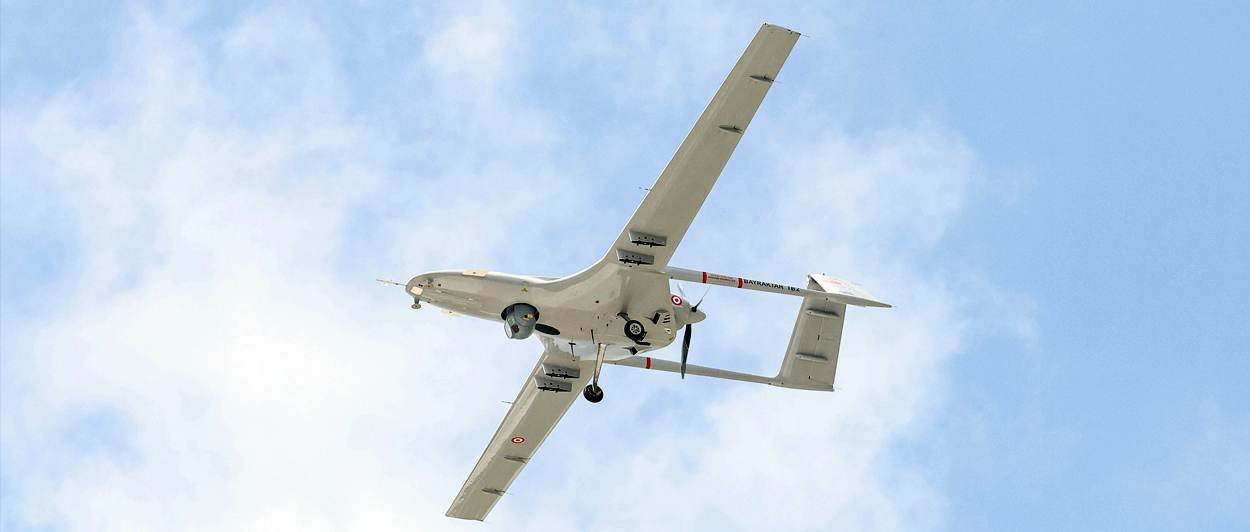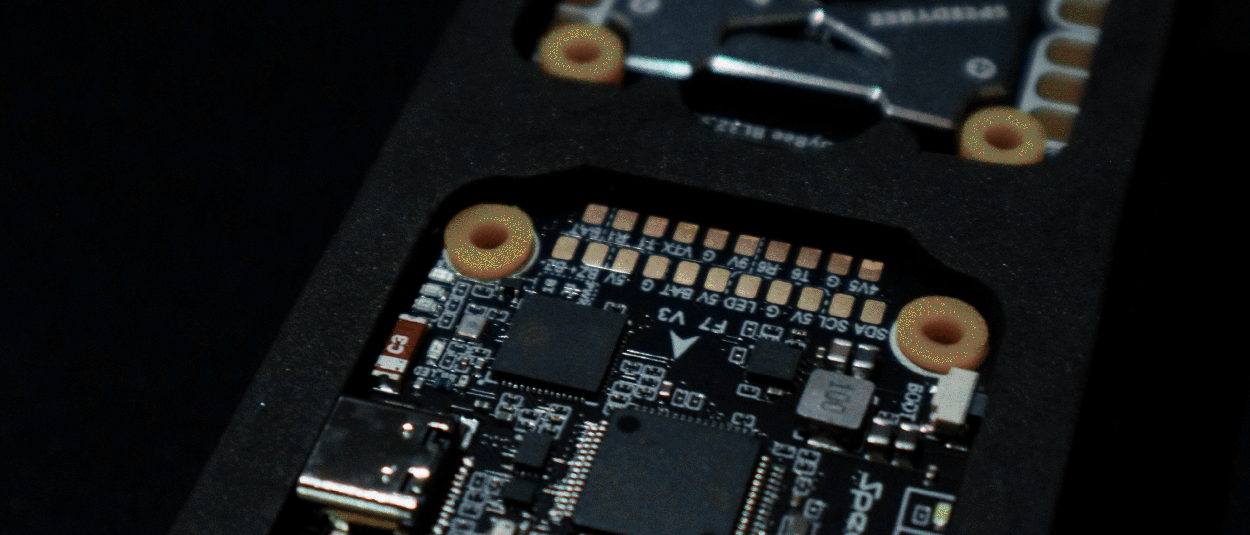When ground towers go dark or satellites can’t keep up with terrain or interference, airborne relays fill the gap. RC UAVs can be deployed within minutes to extend line-of-sight networks across blocked or hostile terrain.
In practice, communication ranges vary. Small UAVs can hold communication links at 5-10 km on unlicensed 900 MHz bands, going toward 20 km with high-gain antennas and clear Fresnel zones. With specialized SDR platforms or relay chains, you can extend the range beyond 30 km. But at the expense of power, payload, and regulatory compliance.
For operators, these relays buy precious minutes of connectivity in EW-contested airspace. For emergency responders, they connect isolated teams when every second counts.
Technology That Makes Airborne Radio Relays Work
Turning a UAV into a resilient comms node requires more than bolting on an antenna. Each layer below addresses different failure points — interference, drift, weather, or deliberate jamming.
1. Precision Hovering Without GNSS
For a UAV acting as a comms node, stability is non-negotiable. Bavovna’s Airtower Mode
enables sub-0.5% positioning error without relying on satellites. Using a combination of
real-time sensor fusion and pre-trained AI models, our solution keeps the drone operational
even in jammed or spoofed environments, ensuring the relay antenna maintains its line-of-sight coverage.
Conventional inertial navigation systems’ drifts accumulate fast, especially under jamming.
Bavovna’s Hybrid INS solves this with AI trained on chaotic, real-world flight paths. During recent tests, the Aurelia X6 Max completed 30+ kilometers of unpredictable maneuvers before returning home with just a 4.2-meter error — a 99.99% accuracy rate. That level of reliability prevents a comms relay from slowly drifting off course and losing coverage.
2. EMI-Schielding
Electronic shielding matters, but materials matter too. Carbon composites with conductive doping help at lower frequencies but don’t block all bands; aluminum or copper foils often perform better at higher GHz ranges. Enclosures must be grounded and aperture-controlled to avoid leakage.
Beyond shielding, spread-spectrum and fast-hopping techniques make relays harder to jam. FHSS can skip across channels faster than most spot jammers can track, though wideband barrage jamming can still swamp the band.
3. Adaptive Antenna Systems
Directional patch or helical antennas remain the workhorses for airborne relays. They allow operators to reduce dead zones, especially in mountainous or urban terrain, and gain some extra agility.
For instance, mechanical dynamic helical antennas can be tuned to real-time flight parameters like velocity, attitude, and Doppler shifts for maximum resonance. This reduces
signal fading during banking or yawing maneuvers and improves RSSI stability by about 40%, according to research. But the size and of dynamic antennas power draw limit on small UAVs.
4. Mesh Networking Protocols
A single radio relay is already a great help, but networks have greater resilience. RC UAVs can also be configured as airborne mesh networks to create decentralized communication grids. So if one node is down, you still have connectivity.
Mobile Ad Hoc Networks(MANET) and Flying Ad Hoc Networks(FANET) protocols let you configure multiple UAVs into self-healing meshes. Both of them are optimized for high mobility and rapid topology changes. The downsides, however, are high-mobility routing overhead and per-hop bandwidth loss (often 30–50%). So engineering choices hinge on what’s more critical: coverage, latency, or throughput.
To Conclude
Airborne RC UAV relays are not a silver bullet, but they are a proven way to buy connectivity when towers are down and satellites are outmatched. With the right combo of precision navigation, shielding, adaptive antennas, and mesh protocols, UAVs can hold networks together in the toughest conditions.
If your mission demands uninterrupted connectivity, contact Bavovna’s team to learn more about autonomous drone navigation solutions.

